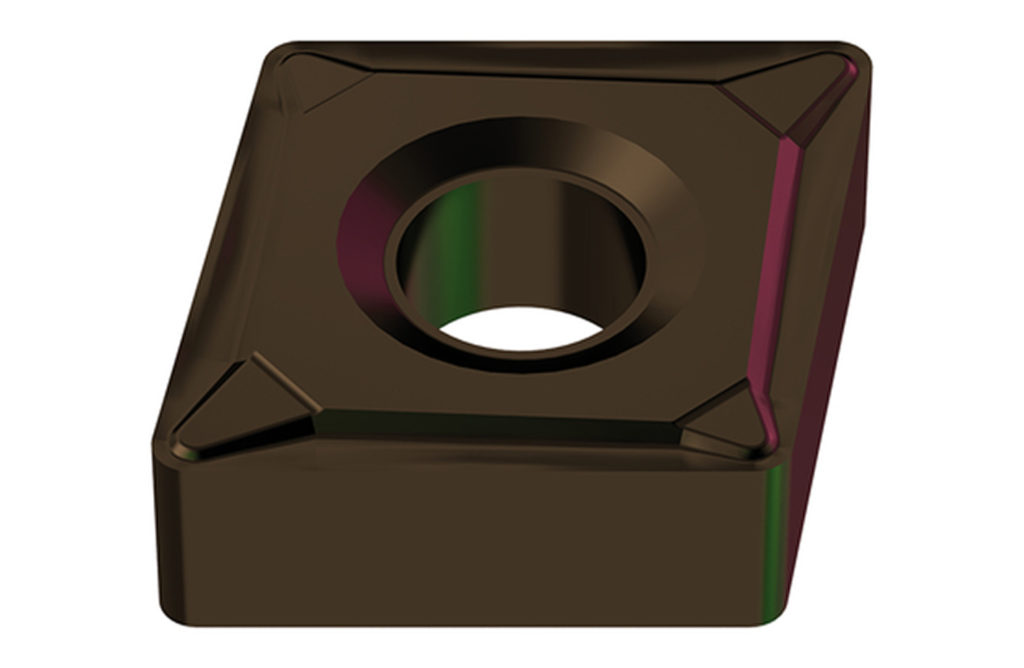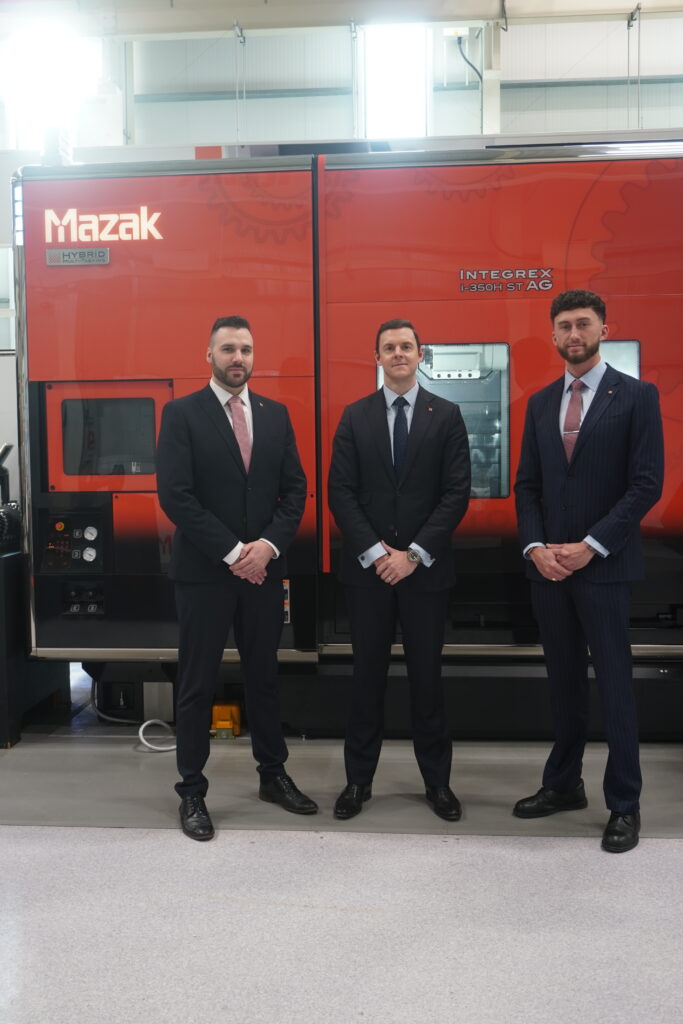Cermet development from WNT boosts performance and process security
Estimated reading time 3 minutes
WNT’s range of cermet inserts has just been enhanced with the arrival of new grades for turning and milling. The new cermets combine the latest Dragonskin CVD coating technology with proven cermet substrates to create a new nano multi-layer coated inserts that delivers significant advantages over previous grades.
Cermet inserts have been around for many years and the combination of ceramic and metal have had the edge over traditional tungsten carbide inserts in certain applications for just as long. With these grades WNT takes cermet to the next level by combining existing technology with new developments. While conventional multi-layer coated cermet has its advantages, they were also susceptible to micro cracking, which affected tool life and overall performance. In these new cermet inserts WNT has used its Dragonskin multi-layer Al2O3 nano coating that sits on top of a base layer of Ti (C,N) that in turn protects the cermet substrate. The creation of this Dragonskin multi-layer composition eliminates formation of micro cracks between layers, extending tool life and improving process security in the process.
The resulting inserts show major performance gains over previous grades as well as extending tool life. The WNT DCC1110 cermet turning inserts are available with either negative or positive rake geometry. The negative rake geometry (designated NF12) is ideal for fine finishing applications across a range of materials. The geometry features a sharp cutting edge, which in turn relates to low cutting forces and good chip control, even at small depths of cut. Typical application ranges for the DCC1110 cermet inserts are between 0.3 and 1.5 mm depth of cut and 0.07 and 0.25 mm/rev feed rates. There are two positive rake geometries (PF14 and PF15) with the PF14 style ideal for fine finishing operations, particularly in steel and stainless steel. PF15 is more suited to finishing and medium machining applications in steel and stainless materials, both will generate low cutting forces and high surface finish quality. General operating area for the positive rake inserts are between 0.2 and 1.3 mm depth of cut and 0.06 and 0.25 mm/rev feed rates. Across the range surface speeds of up to 520 m/min are possible when cutting steel and cast iron components, and up to 350 m/min on stainless steel, depending on specification and application.
For milling WNT has introduced two new cermet grades DCX1220 and DPX1225, which join DCC1210 to cover all milling of steel applicable to cermet technology. These milling inserts cover face, corner, and high feed milling applications with the combination of geometry and coating technology allowing cutting speeds up to 400 m/min, reduced built up edge and the associated improvement in process security.
“With the launch of these new cermet grades, WNT has combined the very best of existing cermet substrate technology with the most up-to-date Dragonskin coating techniques to move performance on to a whole new level, with the improved wear resistance and toughness leading to extended tool life and overall performance, while giving reassurance on process security,” says Tony Pennington, Managing Director, WNT (UK)
WNT (UK) Ltd
Tel
0800 073 2073
Contact
Tony Pennington
Managing Director
Address
Sheffield Airport Business Park Europa Link
Sheffield
South Yorkshire
S9 1XU



